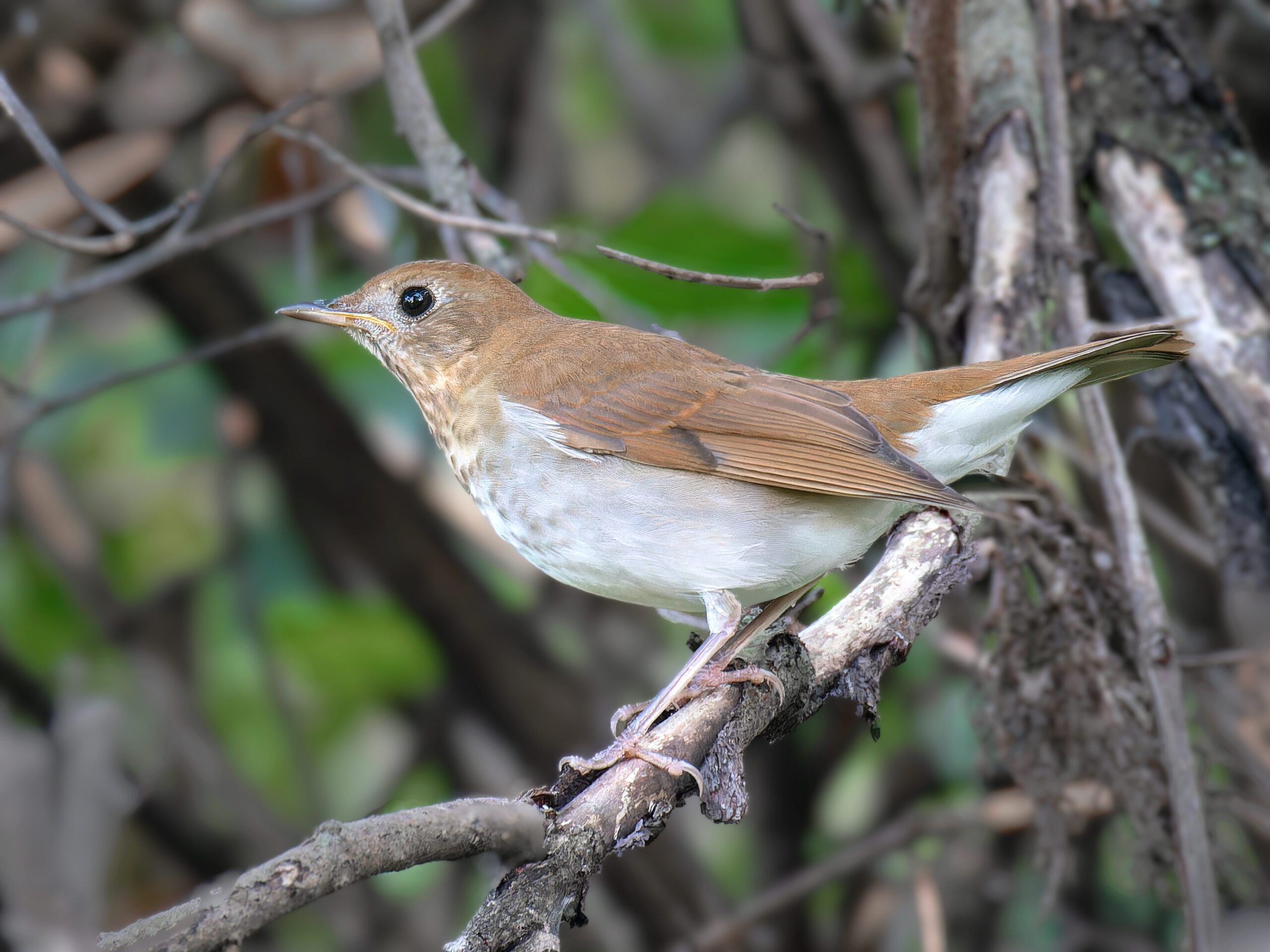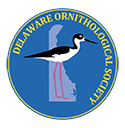
DOS April Meeting: “Functional Morphology and the Origin of Long-distance Migration in Nightingale-thrushes (Turdidae: Catharus)” by Matt Halley
April 23 @ 7:00 pm – 9:00 pm EDT
NOTE THIS IS A SPECIAL MEETING AT THE DELAWARE MUSEUM OF NATURE AND SCIENCE.
Doors open at 6:30 pm. Come early to socialize and meet DOS officers and the rest of the birding community!

The nightingale-thrushes (genus Catharus) are a clade of (mostly) American songbirds with diverse migratory strategies. With large datasets of molecular and morphometric characters, Halley and colleagues have resolved phylogenetic relationships, described new species and subspecies, identified and modeled migration-related morphological characters, and estimated ancestral states of those characters to infer evolutionary transitions in the migratory phenotype. The results indicate that (1) migratory behavior and its functional morphology are fundamentally linked and can be accurately modeled along a linear axis; (2) short distance and elevational migration were precursors to long distance migration; and (3) the homoplasy of the migratory phenotype, as noted by previous authors, may not have been caused by evolutionary convergence following independent origins of migration, as previously suggested, but successive “budding” of daughter lineages from a “persistent ancestor” in evolutionary stasis.
Dr. Matthew R. Halley is an ornithologist and historian from south-east Pennsylvania, who has authored dozens of research papers about bird evolution and the history of American science. He is the Assistant Curator of Birds at the Delaware Museum of Nature & Science (Wilmington, DE) and a Research Associate at the Academy of Natural Sciences of Drexel University (Philadelphia, PA), where he earned his Ph.D. in 2021. Halley’s research is wide-ranging and interdisciplinary, combining a variety of methods including phylogenetic analysis, population genetics, morphometric analysis, video cameras, audio recorders, tracking devices, and taxonomic study of preserved specimens. He has also uncovered a litany of unpublished primary sources, during the last decade, which have reshaped our understanding of historical figures like Alexander Wilson and John James Audubon, and the development of scientific ornithology in the United States.

The meeting is held in person at Delaware Museum of Nature and Science and online via Zoom software. The in person meeting is open to everyone, but the Zoom presentation is for DOS members only.
Members in good standing will receive an email with Zoom login info prior to the meeting. If you are not a member and would like to attend virtually, please consider joining DOS.
We look forward to seeing you soon!
